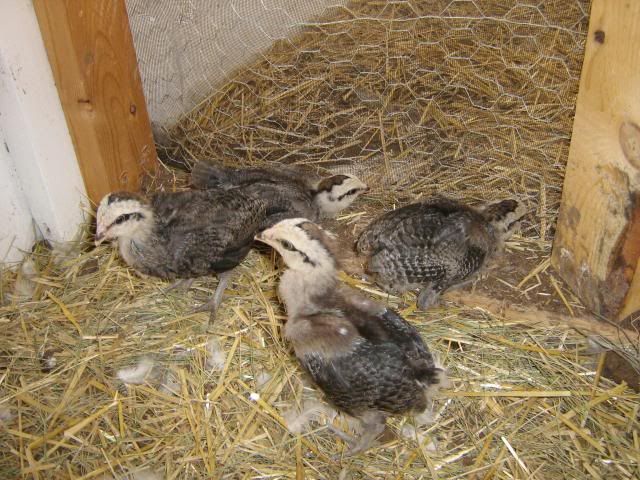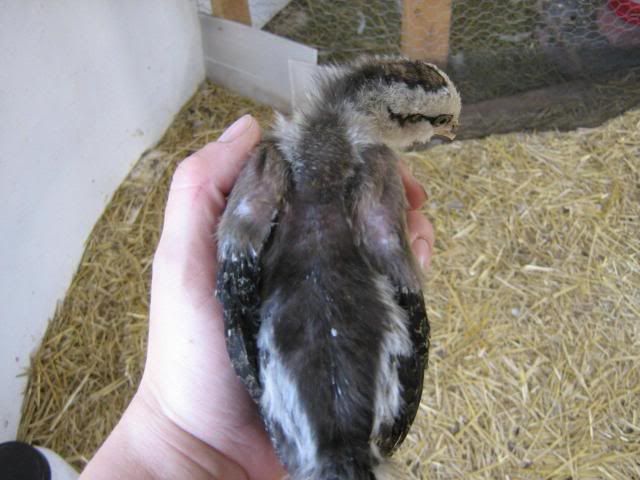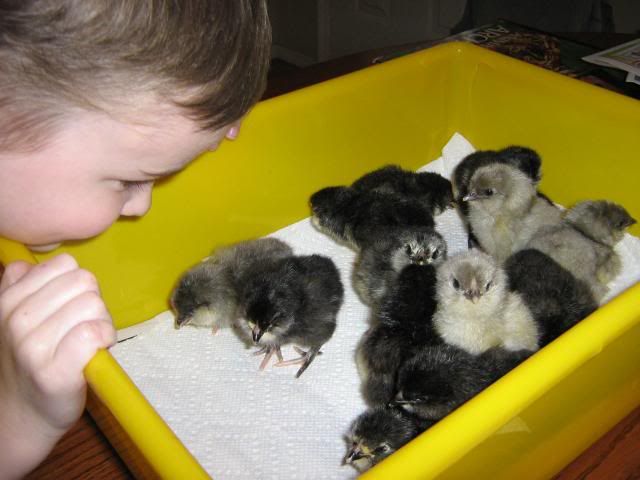Thank you Mike. Not surprising because I seem to be having a year of the rooster.

(or so I thought...so much for my sexing skills, haha)
I've been researching this and have discovered chickens can be (K) as well as (t) at the same time, which is what I think I may be dealing with now. Or is that even possible? K is sex linked and tardy is an autosomal recessive. I'm a novice at chicken genetics at best, but find it all utterly fascinating. I just wish most stuff didn't go over my head...I often feel like the answer is right under my nose, if only I could understand it.
And I was wrong about this chick being the only one...Tardy expresses to different degrees, from extreme, to moderate, to mild. I can see a few others have mild cases, so are likely t/t. This chick is probably super slow tardy (t^s/t^s) along with K (?) I will definitely be culling the chick once it's grown enough to confirm my suspicions. Birds with tardy will have normal feathers by six weeks, where as birds with K will still be growing in their feathers at that age.
Here's the same chick next to some of his faster feathering siblings.

My other concern is that I've used the same silver cock over some of my best splash hens with the intent of creating a strain of blue and splash Ameraucanas that are based on S/S instead of s+ or S/s+. So far all the offspring from these matings have feathered in fine...and fast. But now I'm worried it may come back to haunt me in the next generation...having a large quantity of chicks to select from will likely be the key. I hope anyway.

Breeding for improvement while maintaining what you’ve already accomplished is a fine balancing act that is for sure. There really are no short cuts to experience I am learning! That and there is nothing easy here. And there is always something more to learn.


 (or so I thought...so much for my sexing skills, haha)
(or so I thought...so much for my sexing skills, haha) 




 The others are from the same parentage and are feathering in fine... Has anyone else ever experienced this? I'm a tad disconcerted as they all share the same sire....
The others are from the same parentage and are feathering in fine... Has anyone else ever experienced this? I'm a tad disconcerted as they all share the same sire.... 

